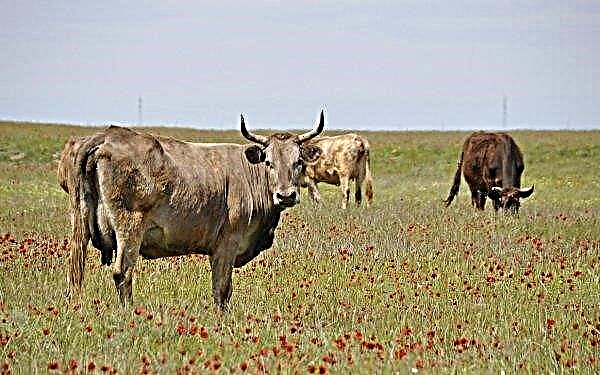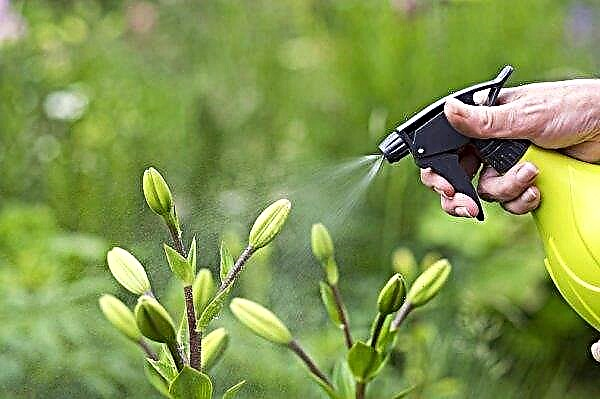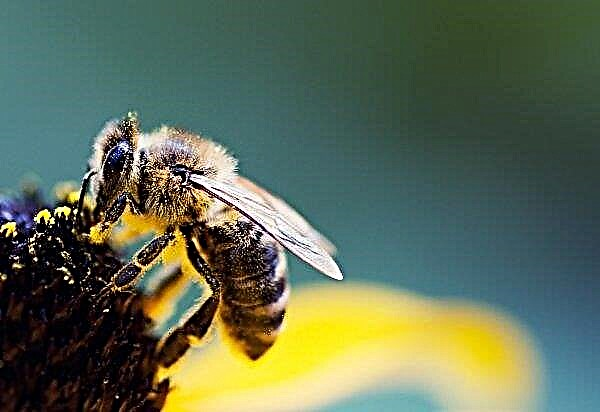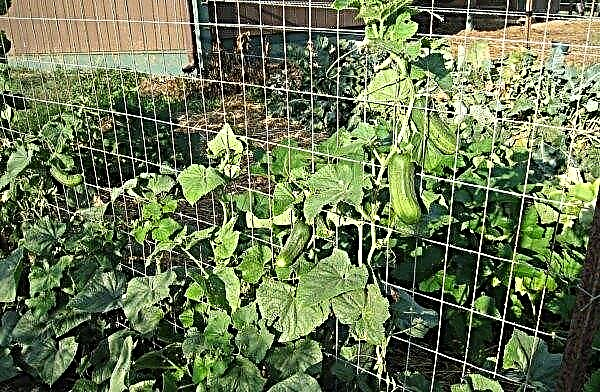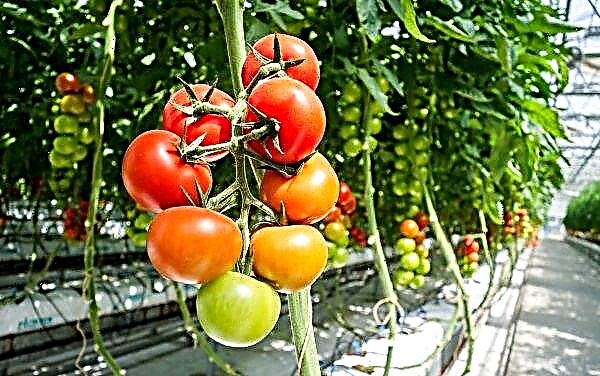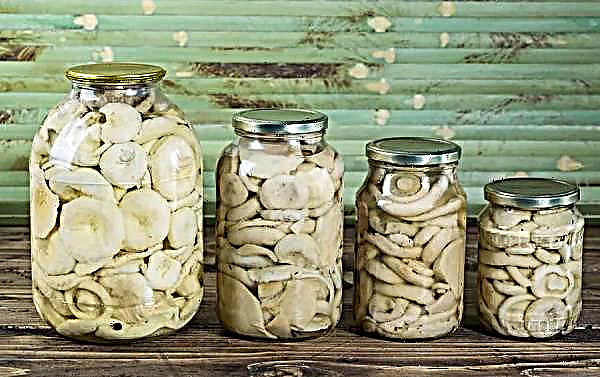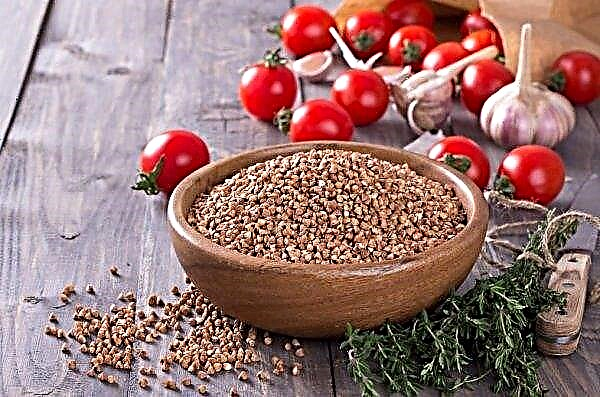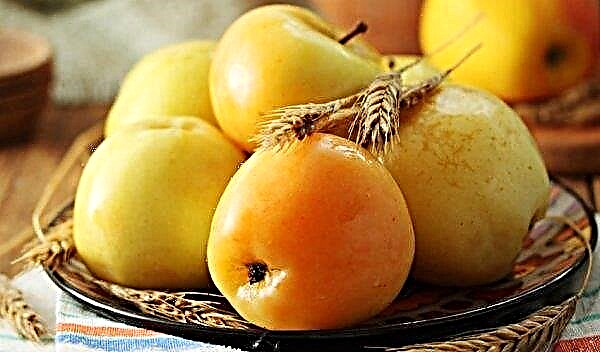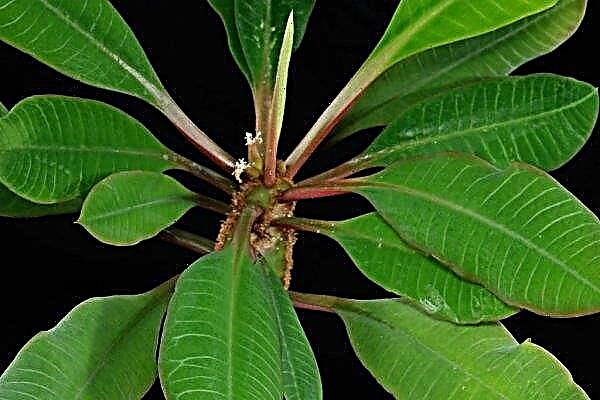In autumn, the long-awaited period of collecting various fruits begins, among which onions are traditionally considered one of the most popular crops. The plant is used everywhere for food, and for some dishes it can serve as one of the main components. Storing onions throughout the winter is not easy, as the culture is not distinguished by increased storability. This article will discuss in detail the basic rules for harvesting vegetables for the winter, as well as describe the technology for storing it in a cellar or basement.
How to prepare and dry onions for long-term storage
For most gardeners, it remains a mystery whether bulbs collected in the fall can be preserved until the next season. Often this process is quite complicated even for experienced vegetable growers, since the culture is not prone to long-term conservation by its nature, and its juicy fruits are an ideal condition for the development of a variety of microorganisms. But with proper preparation, crop stubbornness can be increased several times.

First of all, the bulbs must be correctly collected, avoiding any damage to the fruit. Dents, cuts and other injuries most often in a few days lead to decay and the occurrence of damaging foci for the entire crop. To avoid this, onions are removed from the beds as carefully as possible.
For this:
- Around each fetus, it is necessary to make several depressions, this will help disrupt the soil cover and simplify the procedure by several times.
- Each bulb is pulled from the soil by the tail with light and smooth movements; it is forbidden to expose the bulb to any mechanical effect.
- After the fruits have been extracted, they need to be put in a common basket or on the flooring, while it is not recommended to throw onions or pour them from one container to another.
If precipitation is observed at this time, the crop can be dried in any dry, warm, and ventilated area. If there is no extra time to dry the fruits, you can use the express method. For this, the bulbs are dried for several days at a temperature of +25 ... + 35 ° С, after which they are heated for + 12 ° С at + 45 ° С in special dryers or an oven. Thus, you can instantly eliminate excess moisture, which is one of the main security guarantees.

Once the fruits have dried, they must be cut. The roots are completely removed, a small tail about 5 cm long is left from the tops. Also at this stage the bulbs are also peeled of excess husk. The peeled onions are carefully sorted, for dense laying, only dense fruits are suitable, without any damage, stains and other pathologies. The rejected crop is placed in a separate place. At this time, the bulbs should be sorted by size, into large and small ones, after which they are placed in separate containers. After that, the crop becomes quite ready for laying for the winter.
What varieties of onions are better stored
In many cases, crop stagnation is often affected not only by the level of preparation for winter laying, but also by varietal characteristics, therefore this characteristic should be taken into account when cultivating a crop, especially if different hybrids are grown on the garden. Sweet varieties have the smallest shelf life, even under optimal conditions, subject to all harvesting rules, they remain fresh only a few months after harvest.
Important! Spring varieties have a higher shelf life than winter varieties. This must be taken into account when growing and planting the crop. In addition, fruits grown with onion sets rather than seeds have better preservation.
For long-term savings, the so-called "burning" varieties of vegetables are considered the most suitable. Such a crop can persistently preserve aromatic and taste properties until mid-spring. Bulbs contain specific substances called volatile. In addition to the spicy aroma and acute taste, the compounds have bactericidal properties, which creates a natural defense against the main enemy of onions - a variety of fungi and other parasitic microorganisms.
Optimal storage conditions
Almost any cool place is suitable for storing bulbs, therefore, in addition to a vegetable store, a cellar and a cellar, owners of private houses often store them even in the underground of well-heated rooms. The main rule for successful onion conservation is good ventilation. Fruits do not tolerate high humidity, which often provokes their premature damage.

The optimal humidity indicator is in the range of 80–85%; it is achieved by regular ventilation of the storage place or by a properly designed ventilation system. Particular attention should also be paid to storage temperature, the optimal indicator is in the range 0 ... + 3 ° С. Higher temperatures over time lead to germination of the crop.
This is fraught for him not only with decay, but also with a sharp decrease in taste. The minus temperature is no less destructive, it leads to the destruction of tissues and cells. When saving the bulbs, they should be protected from exposure to light. Intensive lighting, especially in direct sunlight, provokes the germination of fruits. This, as in the case of heat, dramatically affects the quality of the crop and its safety.
Important! If the bulb cannot be pulled out manually, it must be carefully dug out using small garden tools to prevent damage.
Ways to store onions in the cellar
Today, onions are stored in many ways, for this they use both traditional containers and side containers from other products. Their main condition is high vapor permeability. With proper laying, sweet onion varieties can be preserved for up to 3 months, but spicier and spicier varieties of vegetables can not lose their freshness for 6 months after harvesting.
Plastic or wooden crates
Boxes made of plastic or wood are one of the most common and convenient containers for storing vegetables.  They make it possible to ensure good ventilation, as well as save free space in the cellar. In such containers, the fruits fall asleep fairly densely, with a layer thickness of up to 50 cm. Put the filled boxes on a variety of supports or racks, while they should not come into contact with the walls or floor of the cellar. This will cause moisture accumulation and soon rotting of the crop.
They make it possible to ensure good ventilation, as well as save free space in the cellar. In such containers, the fruits fall asleep fairly densely, with a layer thickness of up to 50 cm. Put the filled boxes on a variety of supports or racks, while they should not come into contact with the walls or floor of the cellar. This will cause moisture accumulation and soon rotting of the crop.
Linen bags
Container made of linen bags works on the same principle as the boxes, but it does not require the construction of special stands. Filled bags can be stored under the ceiling, fastened to the supporting structures of the cellar. To bookmark the winter in this way use small linen bags made of natural fabric.
Synthetics in this case are not appropriate, it is not able to remove excess moisture and often provokes rotting of the bulbs. The onions are not filled tightly into the bags, one tab should contain no more than a few kilograms, and the rule is especially relevant: the smaller the bags, the longer the crop is stored.Did you know? Onion was one of the oldest cultivated plants; it was actively used as food in ancient India, China and Egypt about 5-6 thousand years ago.
Nylon stockings or tights
Onion bookmarks from nylon stockings or stockings are known to almost everyone. Although such materials have been used in vegetable growing not so long ago, their popularity only increases over the years. Despite the artificial origin, such materials are characterized by a porous structure, which creates an excellent environment for the conservation of bulbs.

Storing fruits like this is quite simple, they are stuffed into old stockings several kilograms, and then suspended above the floor, closer to the ceiling, at a distance of at least 30 cm from each other. The method of isolated storage will help to improve the shelf life of onions. To do this, in kapron tights for each fetus create a separate bag, isolated from other nodes. As required, each bag with the fruit is cut off, while the entire mating remains intact.
Egg containers
Few people know, but egg containers are considered no less effective capacity for saving onions. For this, one bulb is placed in each cell, after which the trays are moved to racks or supports.
This method is especially effective with a lack of containers for storing vegetables, but its main disadvantage is the limitation in the size of the fruit. This method saves only small bulbs or medium size.Did you know? During the construction of the Cheops pyramid, onions were one of the main components of food workers. The plant helped restore strength, as well as increase the body's immunity and resistance to adverse factors.
Knitwear or braids
The so-called knits are considered one of the oldest ways to bookmark onions for long-term storage, they were used long before the advent of modern principles of vegetable growing. There are two ways to bookmark this method. At the first, tight twine is tied to the tails of the bulbs, after which the fruits are tied together in small groups of several dozen pieces.  They are prepared for the second one even during pruning - they do not shorten their aerial parts, which allows you to create a long and strong tail. After drying, the bulbs bind 10–20 pieces into characteristic braids. Regardless of the method of weaving, winter bounds are stored in suspension near the ceiling.
They are prepared for the second one even during pruning - they do not shorten their aerial parts, which allows you to create a long and strong tail. After drying, the bulbs bind 10–20 pieces into characteristic braids. Regardless of the method of weaving, winter bounds are stored in suspension near the ceiling.
Possible problems during storage
Not many manage to save onions until a new crop; for most, creating optimal storage conditions for the vegetable remains a rather difficult task. In most cases, this leads to a lot of problems and undesirable factors that reduce crop stagnation by almost half, so you need to thoroughly prepare before winter laying, as well as identify ways to prevent possible problems.

The main methods for preventing onion preservation problems are:
| Description | Prevention Methods |
| Dampness | Bulbs should be sprinkled with sawdust or chopped ash at the rate of 200 g / 10 kg of vegetables. |
| Rotting crop | All fruits must be well dried; in the cellar, access to fresh air should be adjusted. Before laying the bulbs, they are treated with biofungicides (Fitosporin-M or analogues). |
| Bulb sprouting | The lower part of the fruit (the place of the root system) is coated with clay, and then dried well. |
The cellar is the best place to store onions, in its conditions you can create the optimal microclimate for saving the fruits of the plant throughout the winter. However, for this, it is necessary to create an optimal temperature regime in the room, as well as humidity and lighting. In addition, before a long planting, you should pay attention to the cultivated variety, since many hybrids are able to please freshness only for a short time.


